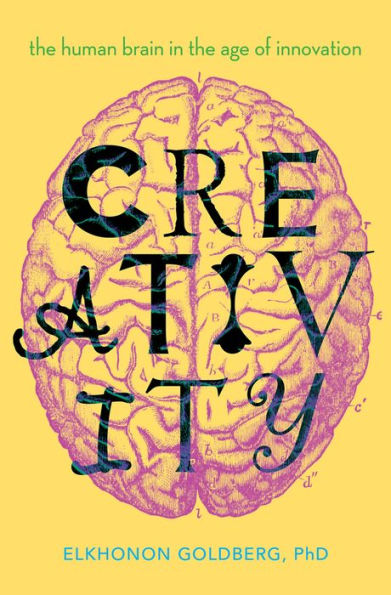What is the nature of human creativity? What are the brain processes behind its mystique? What are the evolutionary roots of creativity? How does culture help shape individual creativity? Creativity: The Human Brain in the Age of Innovation by Elkhonon Goldberg is arguably the first ever book to address these and other questions in a way that is both rigorous and engaging, demystifying human creativity for the general public. The synthesis of neuroscience and the humanities is a unique feature of the book, making it of interest to an unusually broad range of readership. Drawing on a number of cutting-edge discoveries from brain research as well as on his own insights as a neuroscientist and neuropsychologist, Goldberg integrates them with a wide-ranging discussion of history, culture, and evolution to arrive at an original, compelling, and at times provocative understanding of the nature of human creativity. To make his argument, Goldberg discusses the origins of language, the nature of several neurological disorders, animal cognition, virtual reality, and even artificial intelligence. In the process, he takes the reader to different times and places, from antiquity to the future, and from Western Europe to South-East Asia. He makes bold predictions about the future directions of creativity and innovation in society, their multiple biological and cultural roots and expressions, about how they will shape society for generations to come, and even how they will change the ways the human brain develops and ages.
1126060929
Creativity: The Human Brain in the Age of Innovation
What is the nature of human creativity? What are the brain processes behind its mystique? What are the evolutionary roots of creativity? How does culture help shape individual creativity? Creativity: The Human Brain in the Age of Innovation by Elkhonon Goldberg is arguably the first ever book to address these and other questions in a way that is both rigorous and engaging, demystifying human creativity for the general public. The synthesis of neuroscience and the humanities is a unique feature of the book, making it of interest to an unusually broad range of readership. Drawing on a number of cutting-edge discoveries from brain research as well as on his own insights as a neuroscientist and neuropsychologist, Goldberg integrates them with a wide-ranging discussion of history, culture, and evolution to arrive at an original, compelling, and at times provocative understanding of the nature of human creativity. To make his argument, Goldberg discusses the origins of language, the nature of several neurological disorders, animal cognition, virtual reality, and even artificial intelligence. In the process, he takes the reader to different times and places, from antiquity to the future, and from Western Europe to South-East Asia. He makes bold predictions about the future directions of creativity and innovation in society, their multiple biological and cultural roots and expressions, about how they will shape society for generations to come, and even how they will change the ways the human brain develops and ages.
25.99
In Stock
5
1

Creativity: The Human Brain in the Age of Innovation
288
Creativity: The Human Brain in the Age of Innovation
288Related collections and offers
25.99
In Stock

Product Details
| ISBN-13: | 9780190466510 |
|---|---|
| Publisher: | Oxford University Press |
| Publication date: | 01/02/2018 |
| Sold by: | Barnes & Noble |
| Format: | eBook |
| Pages: | 288 |
| File size: | 5 MB |
About the Author
From the B&N Reads Blog
